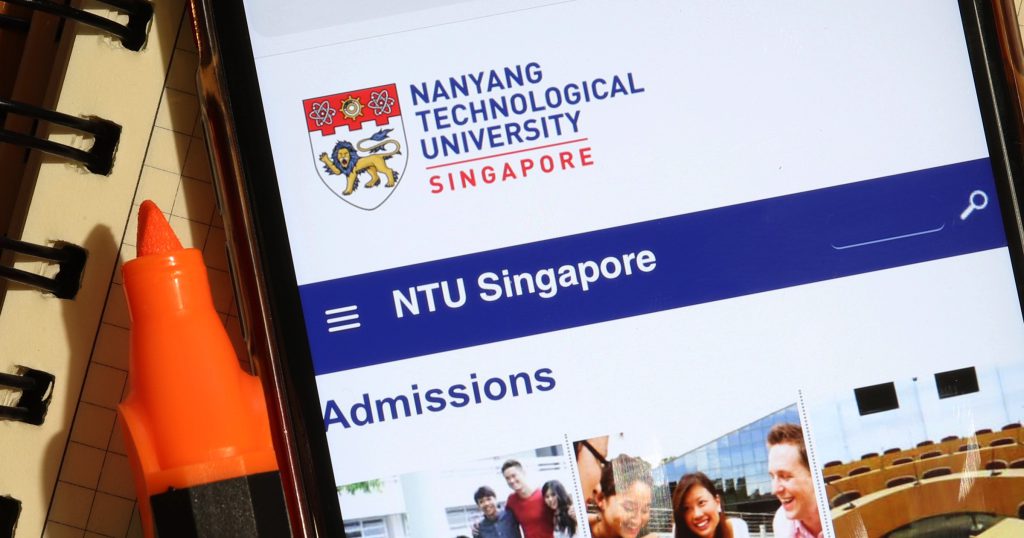“Great Resignation” is a term coined in the United States last year, following the wave of millions of resignations in the labour market and enduring shortages of workforce which continue to stifle post-pandemic economic revival even today.
It isn’t, however, a uniquely American phenomenon and can in no small part be attributed to the pandemic and the effects it has had on how we work and what we expect from a workplace.
Signs of Great Resignation were also spotted in Singapore late last year, with surveys revealing that a quarter of local employees intended to quit their jobs in the first half of 2022.
Now, with the combined data from the Ministry of Manpower (MOM) and an independent survey by corporate software giant SAP, we can see just how big an impact it has had, particularly on the small and medium enterprises (SMEs), which employ over 70 per cent of Singapore’s workforce.
Great Resignation hits Singapore
SAP polled 1,363 small and medium business leaders across Asia-Pacific and Japan (APJ) about the resignations and their impact on their operations.
The Southeast Asian city-state appears to be significantly more adversely affected than the region’s average, with 62 per cent of respondents agreeing that more employees are resigning than a year ago.

Moreover, one in two companies are struggling to deal with the consequences of Great Resignation and a whopping two-third fail to find qualified candidates even when they attempt to hire replacements.
Independently, MOM data shows that in December 2021, there were a record 211 vacancies for each 100 unemployed persons, underscoring the problems employers have with finding staff (even if they were able to hire every available individual).



Moreover, 56 per cent of all vacancies throughout the year and the majority in all but three industries have seen replacements.
Given how many more were available per 100 unemployed than usual, we can speculate that there was already a high turnover in 2021, with employers scrambling to find candidates to fill in the spots left by someone else.
You might be thinking that perhaps most of these are non-PMET positions for menial jobs in construction, manufacturing, maintenance, security and so on, but the fact is that in spite of the exodus of lower-wage workers during the pandemic, the majority of vacancies are still open for PMET positions.

While the number has shown a downtrend during the pandemic years of 2020 and 2021, we have to bear in mind the sheer volume of non-PMETs — particularly in construction, which is suffering terrible delays — who left.
Naturally, there’s a bump in demand for them today, outweighing slightly the PMET vacancies, given that many specialists could continue working from home (and, thus, not lose their job) — which isn’t something you can do on a construction site or in a manufacturing plant.
Why are Singaporeans leaving their jobs?
Mass resignation is really rather paradoxical and, on the face of it, an irrational phenomenon. After all, the world has just been through a very tough time, with many businesses going bankrupt or barely surviving with ample government support, so shouldn’t people be grateful to still have their jobs?
As it turns out, these two years of restrictions and remote work have changed people’s priorities, as many want to find more fulfilling or flexible work.

Secondly, pandemic uncertainty may have frozen planned career moves with workers feeling more confident to get back on track now that economies are throwing Covid-19 shackles off.
If someone intended to look for a new job, higher pay, better opportunities, they may feel robbed of two years and are eager to make make it up today, compounding the urge to resign across the entire labour force.
Great Digitalisation
On the employers’ end however, these desires have added to the pressures that the pandemic itself has brought, namely greater digitalisation of work.
Those stuck in the paper age were forced to quickly adapt to software, allowing their workforce to continue doing their jobs from home. This trend continues now even after pandemic restrictions have been lifted, as employees have grown used to the flexibility and comfort of even hybrid, if not entirely remote, work.
As a result, from a pandemic necessity, digitalisation has also become a talent retention policy, as perks like flexibility and remote work are now recognised by 30 to 40 per cent of Singaporean SMEs, with 60 per cent including some form of digitalisation of the workplace as a part of their proposition to their teams.

Impact of the Great Resignation on Singapore SME digital transformation:
- 69 per cent of Singapore SMEs say digital transformation is crucial for their survival in the next 12 months
- Workforce volatility impacts the digital plans and ability to innovate of almost all (92 per cent) of Singapore SMEs
To mitigate the impacts of the Great Resignation, Singapore SMEs are:
- Investing in boosting flexible working (40 per cent) and providing financial incentives (29 per cent) arrangements to boost talent retention over the next 12 months
- 75 per cent say they will focus on digital training and development in the upcoming year
- 80 per cent agree digital training and development is a long-term investment priority
Great Hiring
Back in March 2021, another study published by a multinational HR consultancy Randstad found that 41 per cent of Singaporean workers would trade a bigger bonus for greater flexibility at work, and it’s clear that employers are listening.

You might be forgiven for thinking that the large number of vacancies is merely a bounce-back after the pandemic lows — and it is, to a degree — but it’s not only the numbers, but also the time that vacancies remain unfilled that is hitting highs, including for PMET professions.

10 years ago, a little over 20 per cent of all long-term vacancies were among the PMETs. However, in 2021, the ratio hit a new peak of 33 per cent. That’s up from around one-fifth to one-third in a decade.
What this means is that not only are there more jobs for better qualified (and better paid) workers, but that there is also a growing number of such positions that remain unfilled after more than six months.
It seems then that, for the time being, Singapore’s labour market belongs to workers rather than employers (a realisation that may have contributed to the Great Resignation in the first place).
While US is still grappling with shortages of truck drivers, hospitality staff or even qualified oil rig personnel, there is a growing gap not in the lowest, but in the mid- to high-range professions in Singapore.
And because the city-state is not only a highly sophisticated trade and business hub, but also an oasis of calm in a currently volatile, uncertain world — with its direct rivals like Hong Kong suffering both for economic and political reasons — the demand for highly qualified staff is bound to grow here.
Straddling East and West, maintaining high degree of neutrality and flexibility, gives Singapore yet another advantage in turbulent times, which is why the Great Resignation will be followed by Great Hiring; signs of which are already visible in both the quantity and quality of vacancies available.
Featured Image Credit: Depositphotos










